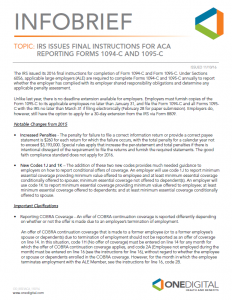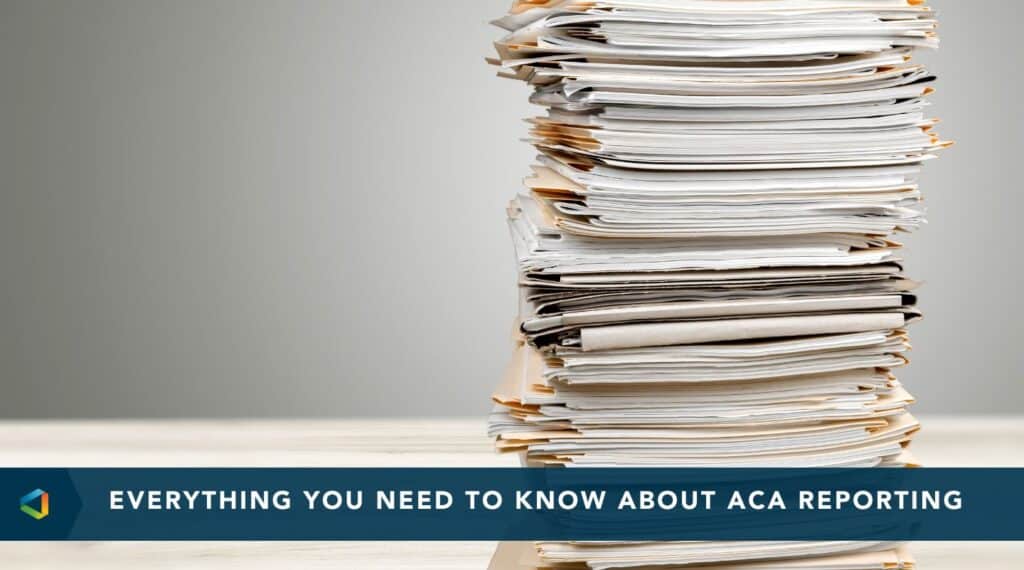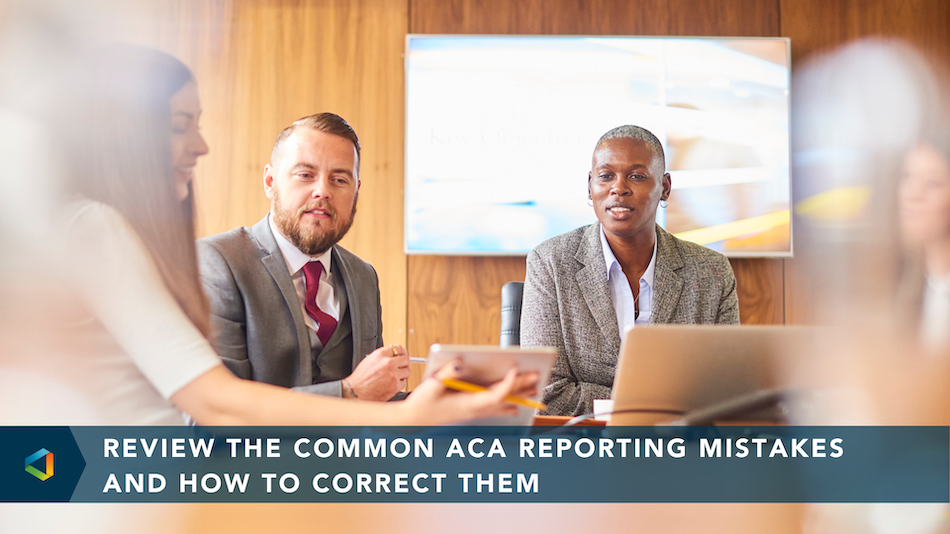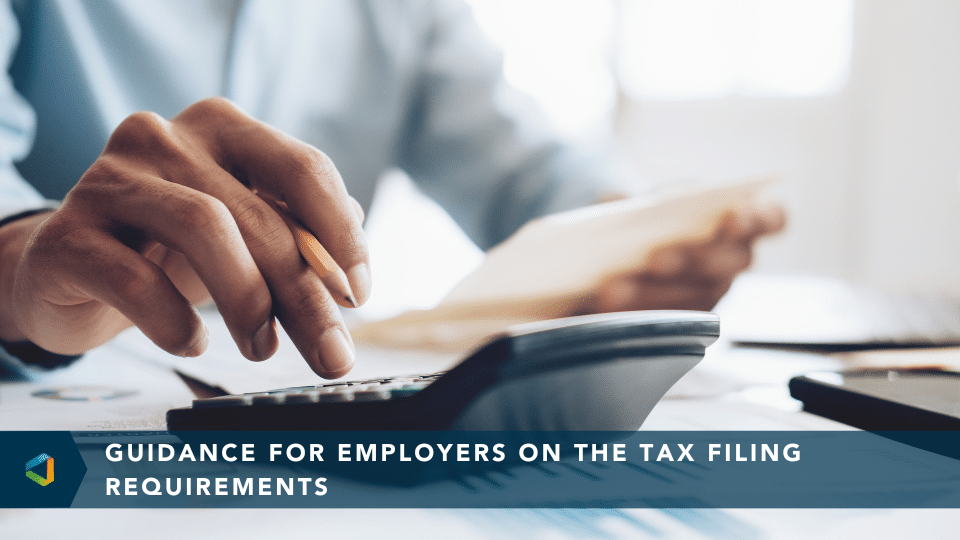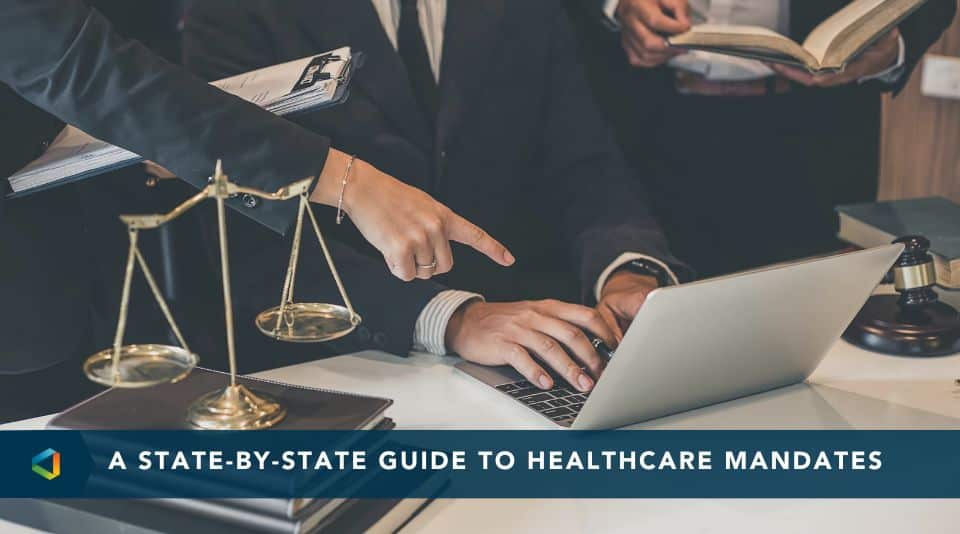The IRS issued its 2016 final instructions for completion of Form 1094-C and Form 1095-C. Under Sections 6056, applicable large employers (ALE) are required to complete Forms 1094-C and 1095-C annually to report whether the employer has complied with its employer shared responsibility obligations and determine any applicable penalty assessment.
Employers must furnish copies of the Form 1095-C to its applicable employees no later than March 2nd, and file the Form 1094-C and all Forms 1095-C with the IRS no later than March 31st, if filing electronically (February 28 for paper submission). Employers do, however, still have the option to apply for a 30-day extension from the IRS via Form 8809.
Notable Changes from 2015
- Increased Penalties - The penalty for failure to file a correct information return or provide a correct payee statement is $260 for each return for which the failure occurs, with the total penalty for a calendar year not to exceed $3,193,000. Special rules apply that increase the per-statement and total penalties if there is intentional disregard of the requirement to file the returns and furnish the required statements. The good faith compliance standard does not apply for 2016.
- New Codes 1J and 1K – The addition of these two new codes provides much needed guidance to employers on how to report conditional offers of coverage. An employer will use code 1J to report minimum essential coverage providing minimum value offered to employee and at least minimum essential coverage conditionally offered to spouse; minimum essential coverage not offered to dependent(s). An employer will use code 1K to report minimum essential coverage providing minimum value offered to employee; at least minimum essential coverage offered to dependents; and at least minimum essential coverage conditionally offered to spouse.
Important Clarifications
- Reporting COBRA Coverage - An offer of COBRA continuation coverage is reported differently depending on whether or not the offer is made due to an employee’s termination of employment.
An offer of COBRA continuation coverage that is made to a former employee (or to a former employee’s spouse or dependents) due to termination of employment should not be reported as an offer of coverage on line 14. In this situation, code 1H (No offer of coverage) must be entered on line 14 for any month for which the offer of COBRA continuation coverage applies, and code 2A (Employee not employed during the month) must be entered on line 16 (see the instructions for line 16), without regard to whether the employee or spouse or dependents enrolled in the COBRA coverage. However, for the month in which the employee terminates employment with the ALE Member, see the instructions for line 16, code 2B.
An offer of COBRA continuation coverage that is made to an employee who remains employed by the ALE Member (or to that employee’s spouse and dependents) should be reported on line 14 as an offer of coverage, but only for any individual who receives an offer of COBRA continuation coverage (or an offer of similar coverage that is made at the same time as the offer of COBRA continuation coverage is made to enrolled individuals). Generally, an offer of COBRA continuation coverage is required to be made only to individuals who were enrolled in coverage and would lose eligibility for coverage due to the COBRA qualifying event, but an ALE Member may choose to extend a similar offer of coverage to a spouse or dependent even if the offer is not required by COBRA.
- Reporting Non-COBRA Post-Employment Coverage - An offer of post-employment coverage to a former employee (or to that former employee’s spouse or dependent(s)) for coverage that would be effective after the employee has terminated employment (such as at retirement) should not be reported as an offer of coverage on line 14. If the ALE Member is otherwise required to file Form 1095-C for the former employee (because, for example, the individual was a full-time employee for one or more months in the calendar year in which the termination of employment occurred), the ALE Member should enter code 1H (no offer of coverage) on line 14 for any month to which an offer of post-employment coverage applies, and should also enter code 2A (not an employee) on line 16.
- Reporting Health Reimbursement Arrangement (HRA) Coverage - An ALE Member with a self-insured major medical plan and a health reimbursement arrangement (HRA) that has an individual who enrolls in both types of minimum essential coverage is required to report the individual’s coverage under only one of the arrangements in Part III. An ALE Member with an insured major medical plan and an HRA that has an individual who enrolls in both types of minimum essential coverage is not required to report in Part III the HRA coverage of an individual if the individual is eligible for the HRA because the individual enrolled in the insured major medical plan. An ALE Member with an HRA must report coverage under the HRA in Part III for any individual who is not enrolled in a major medical plan of the ALE Member (for example, if the individual is enrolled in a group health plan of another employer (such as spousal coverage)).
- Reporting Plan Start Month – In 2015, reporting Plan Start Month was an optional field. For 2016, reporting Plan Start Month remains optional.
- Reporting Coverage under a Multiemployer Arrangement (Union Plan) – Due to difficulties with establishing a method to coordinate information between parties in a multiemployer arrangement, the 2015 instructions provided that an applicable large employer would satisfy its reporting requirements for applicable employees if it entered codes 1H and 2E for any month for which the multiemployer arrangement interim guidance applies for that employee, regardless of whether any other code in Code Series 2 (including code 2C) might also apply. The IRS intended to provide additional guidance on reporting for multiemployer arrangements beyond the first year of reporting, however, the instructions for reporting multiemployer arrangements remain the same for 2016.
- Reporting Affordability Safe Harbors - An affordability safe harbor code should not be entered on line 16 for any month that the ALE member did not offer minimum essential coverage to at least 95% of its full-time employees and their dependents (that is, any month for which the ALE member checked the “No” box on Form 1094-C, Part III, column (a)).
Now is the time to start preparing for your 2016 ACA reporting requirements, which are due in Q1 of 2017. If you have questions on how to satisfy your ACA reporting obligations, please contact your OneDigital consultant.
